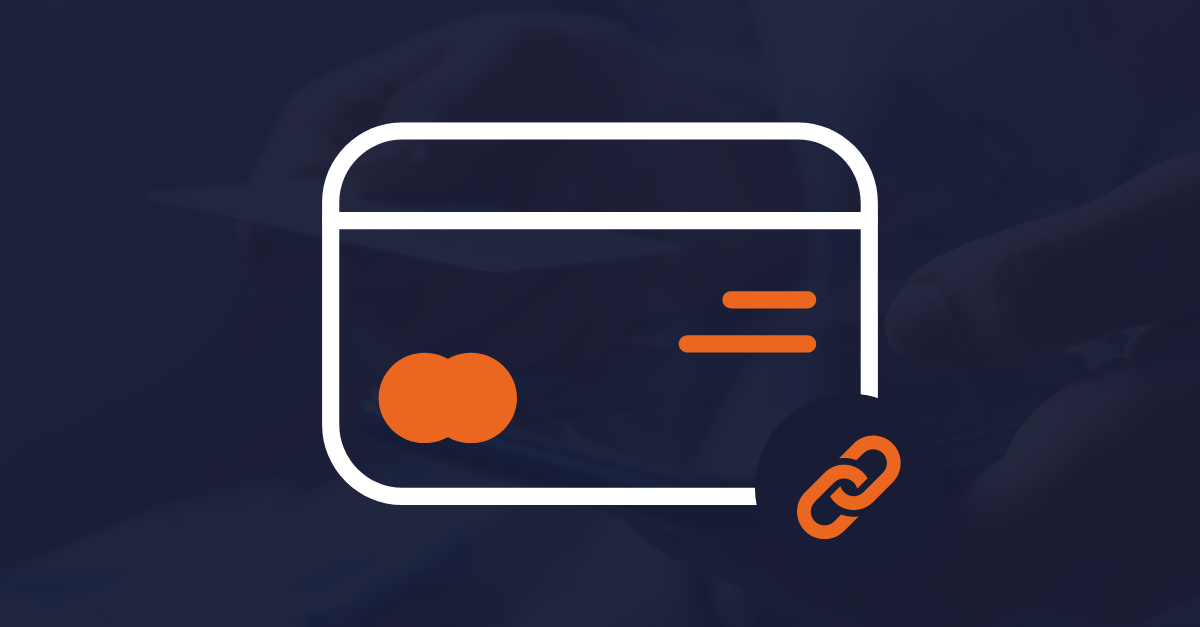What are payment links?
A payment link, sometimes called a weblink, is a URL, button, or QR code that takes customers directly to a unique checkout page to complete a purchase. Payment links are generated quickly and easily accessed from any web browser, text message, email, social posts, chat, or another digital channel.
Benefits of Payment links
Payment links offer merchants flexibility and reduce technical infrastructure needs and investment costs as well as provide:
- Flexibility: They can be sent via email, text message, chat, video, etc., either manually by an agent or automatically based on merchant needs. Payment links allow customers to make a payment through whichever channel is most convenient and at a convenient time, rather than being limited to making a payment only when they are using one channel chat app which needs to be manned.
- Simplicity: Payment links are easy to use and do not require customers to download or open a specific app to make a payment.
- Wide Reach: Payment links can be sent to customers regardless of whether or not they have downloaded an app, making it possible to reach a broader customer base.
- Cost-Effective: Sending a payment link is often less expensive than developing and maintaining an in-app payment system, i.e. within a chat window while offering customers a seamless experience.
- Better Fraud Detection: Payment links can be protected by additional security measures like 3D Secure protocol and risk-based authentication to ensure that only authorized transactions are processed.
- Better Metrics: Payment links can be tracked, and metrics can be gathered, which can be helpful for the merchant to know the customer’s behavior and preferences.
How Digital Payment Links Can be Used
PCI Pal uses payment links to facilitate our digital payment solution for merchants of any size, which provides flexible use cases for organizations taking payments:
- Contact Center Payments: Agents can facilitate payments from inbound or outbound calls or whatever channel the customer has engaged through. The agent can send a payment link and follow the payment process in real-time, ensuring the customer completes the payment and reduce drop off or troubleshoot if needed.
- E-commerce: Merchants can include payment links on their e-commerce website to allow customers to pay for their purchases online. This can improve the checkout process and reduce cart abandonment rates.
- Point of Sale: Merchants can send payment links to customers at the point of sale, allowing them to complete a transaction on their mobile device. This can be useful for merchants who don’t have a physical store or who want to offer customers the option to pay without having to handle a credit card or cash physically.
- Social Media: Merchants can include payment links in their social media posts, allowing customers to easily make a purchase without leaving the platform.
- Invoices: Merchants can send payment links to customers as part of an invoice or billing statement. This allows customers to quickly and easily pay their bills online without having to mail a check or make a phone call to the accounts teams.
- Donations: Non-profit organizations can use payment links to collect donations from supporters. This can be an easy and convenient way for donors to contribute to a cause they care about.
Overall, payment links can be a convenient and flexible option for merchants to accept customer payments, regardless of the business model or industry.
Learn more about Digital Payments from PCI Pal


